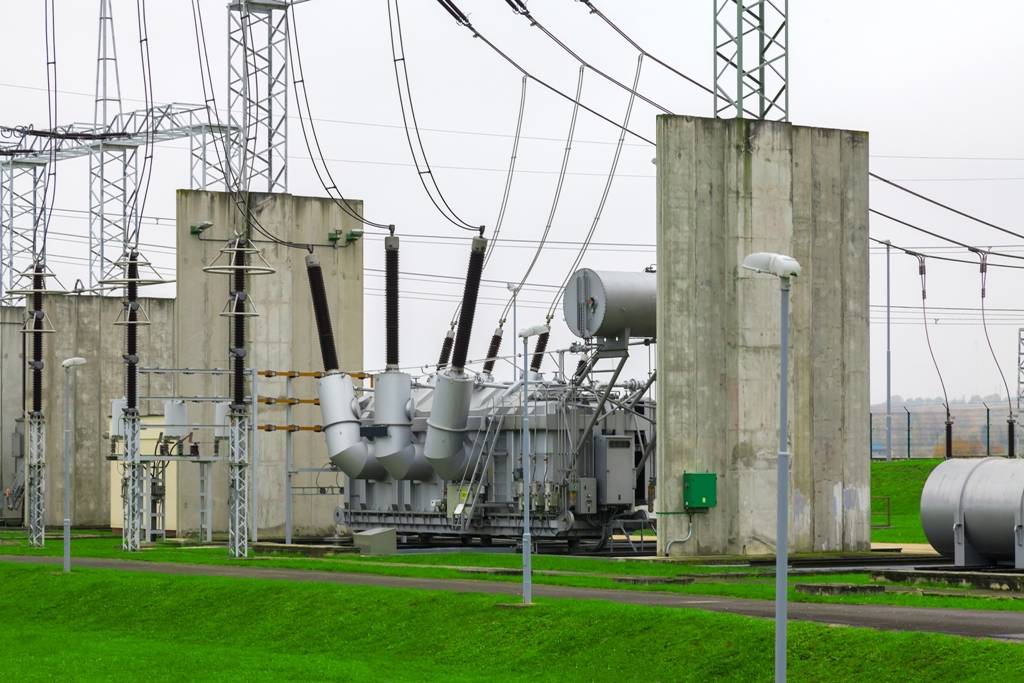Transformer oil which is used in high-power transformers with voltage over 110kV, must be pre-cleaned and dehydrated. For these tasks, adsorption method is commonly used. It is based on the use of special substances (sorbents) to absorb moisture. Sorbents can be either natural (natural deposits) or artificial (produced commercially).
Zeolite crystals have a highly developed porous surface, thus ensuring greater moisture content (18-20%). In case when moisture concentration is low and temperature is increased, the moisture capacity of zeolites is several times greater than other sorbents (activated alumina, silica gel, etc.).
NaN-mark zeolites are most often used for effective drying of transformer insulation liquid. Their pore size is close to the pore size of CaA-mark zeolites. The latter, however, absorb water slightly worse, due to the adsorption of other useful low molecular compounds. Zeolites of NaX and CaX marks are not recommended for solving problems of transformer oil drying, as they also absorb ionol.
The basis of a zeolite unit is parallel set cylinders containing zeolite. They have filters installed at their input and output. Moreover, zeolite units typically include oil pumps and oil heaters. Productivity of this oil purifier depends of transformer oil volume, used by specific enterprises or oil facilities.
Use of zeolites is preceded by their heating to 400-450 °C. Heating is repeated after sorbents get filled with moisture. In the process of drying, heated dry air is forced to adsorbers from top to bottom. This prevents overheating of zeolites by a combustible part of transformer oil, thus retaining their structure.
To start drying waste zeolite, it is necessary to drain as much oil from the cylinder as possible. The sorbent is then purged with cool air. Fresh zeolites are usually dried for 8-9 hours, and oil-soaked zeolites – for 10-12 hours.
After completion of drying process, adsorbers are cooled and filled with dry transformer oil, which is pumped to remove dust.
Often, installation organizations and energy companies use natural zeolites instead of artificial. Generally they are obtained from rock formations by means of crushing and bringing them up to fractions of 8 mm. Restoration of natural sorbent is carried out using the same algorithm as for the artificial zeolite drying.

